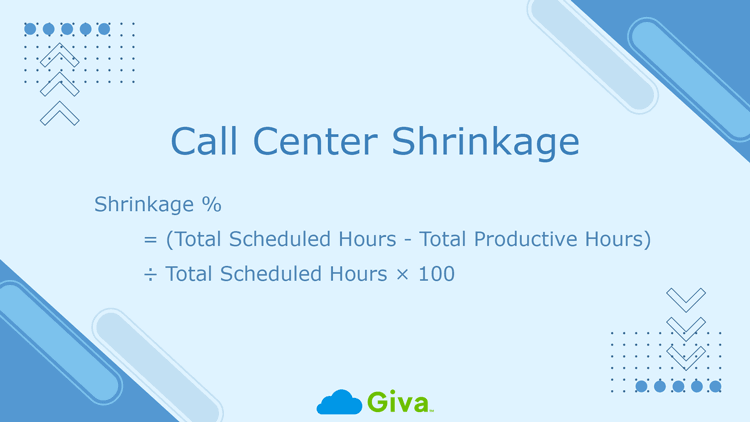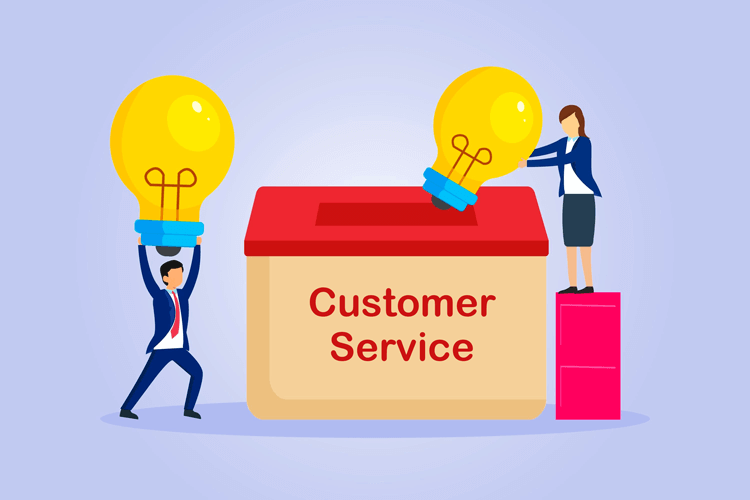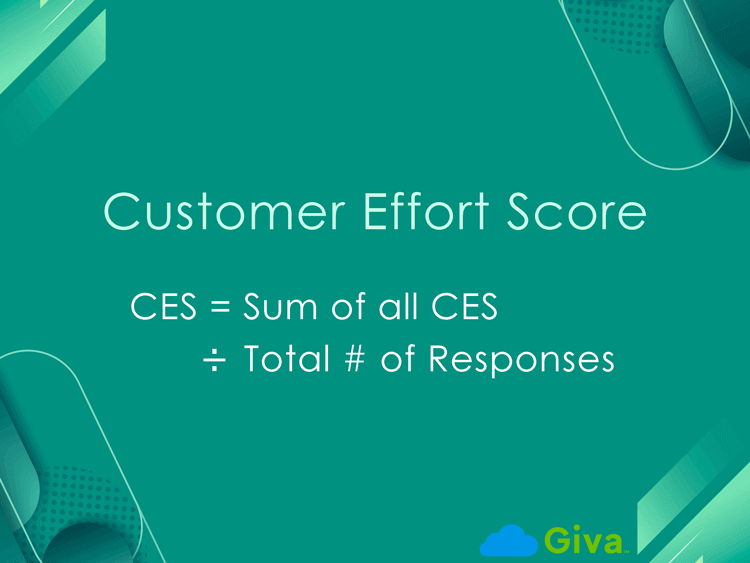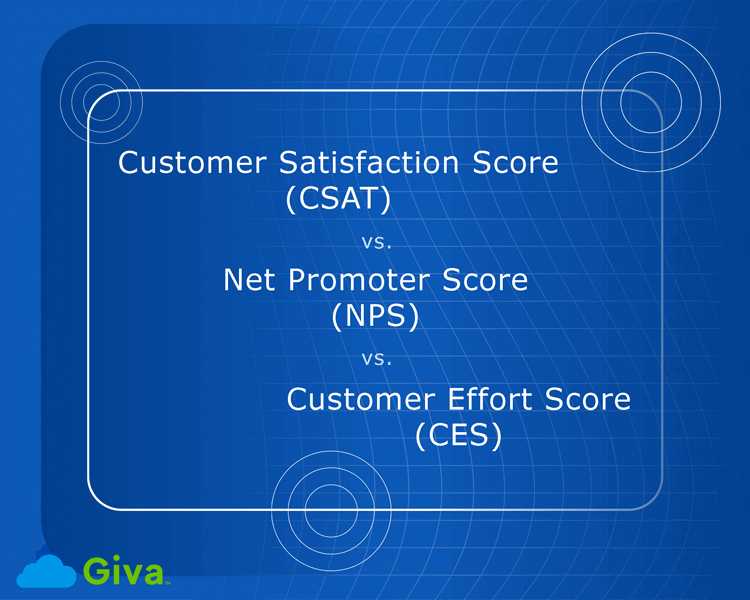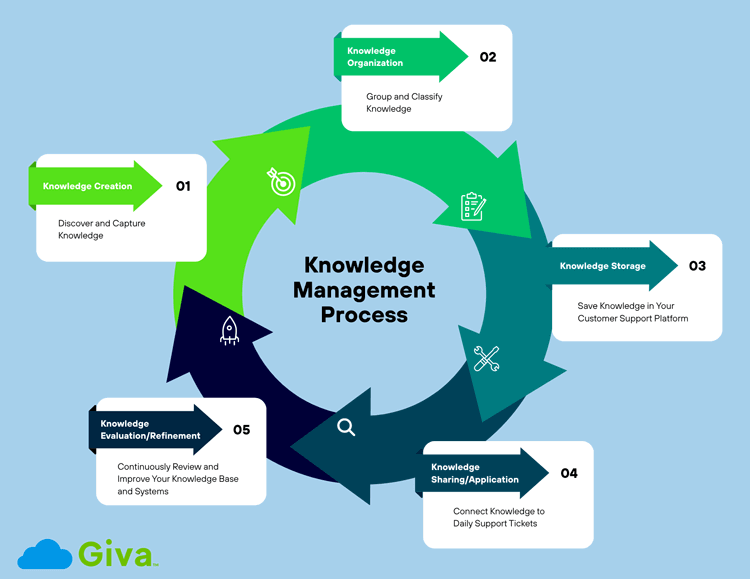The 10 Most Important Customer Experience Statistics for 2026 with How To's and Examples
Customer Experience (CX) keeps changing as new technologies, higher expectations, and digital behaviors influence how people want to interact with companies. With so many reports and statistics available, it can be hard to know which numbers truly matter or what actions to take.


